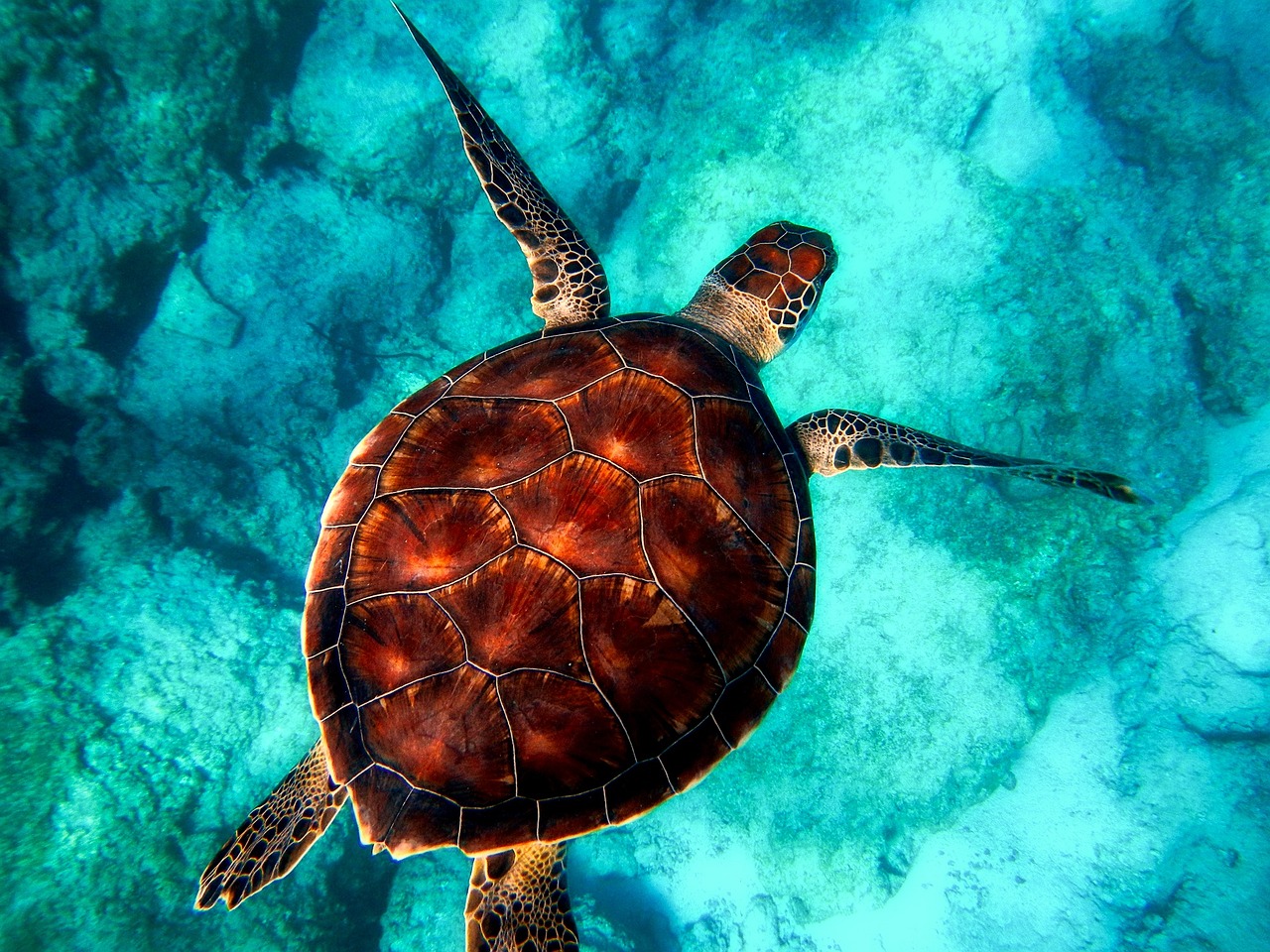The Surprising Role of Tortoises in Ecosystem Balance
Tortoises are an often-overlooked member of the vast animal kingdom. These slow-moving, hard-shelled reptiles may not be as glamorous or as attention-grabbing as some animals, but their role in maintaining ecological balance is equally significant. This article delves into the underappreciated world of tortoises, their historical significance, current updates, and their impact on various ecosystems.

Tortoises: A Historical Perspective
Tortoises are one of the oldest living species on the planet, with the earliest known species dating back to over 200 million years ago. Throughout history, tortoises have been revered in various cultures. The ancient Egyptians regarded them as a symbol of the earth, and in Greek mythology, the tortoise represented wisdom and perseverance.
In the Victorian era, tortoises were widely sought after as pets. The Victorians prized tortoises for their perceived docility and minimal maintenance needs. As a result, many tortoise species were imported into Europe, leading to significant population declines in their native habitats.
Current Status and Conservation Efforts
Currently, many tortoise species are facing significant threats due to habitat loss, climate change, and illegal wildlife trade. According to the International Union for Conservation of Nature (IUCN), more than half of all tortoise species are considered endangered or vulnerable.
However, numerous conservation efforts are underway to protect these ancient creatures. For instance, the Turtle Survival Alliance is a global partnership committed to zero turtle extinctions. They work to ensure the survival of tortoise and turtle species through a combination of habitat protection, captive breeding, and public education.
The Ecological Role of Tortoises
Tortoises play a crucial role in maintaining ecosystem balance, particularly in their native desert environments. They are known as “ecosystem engineers” due to their ability to modify the environment in ways that benefit other species.
For instance, the burrows dug by tortoises provide shelter for hundreds of other desert species, including lizards, snakes, and small mammals. These burrows also play a crucial role in water conservation, helping to prevent the desert’s valuable water resources from evaporating.
Furthermore, tortoises are vital for seed dispersal. As they graze on a variety of plants, they consume seeds which are later excreted in different locations, aiding in plant propagation.
The Pet Tortoise Market
The pet tortoise market is a complex one. While tortoises are popular pets due to their low-maintenance, long lifespan, and unique charm, owning one comes with significant responsibilities.
Prices for tortoises vary widely depending on the species. Smaller species like the Russian tortoise can range from $200 to $400, while larger species like the Sulcata tortoise can cost upwards of $1,000. Despite these high costs, the pet tortoise market continues to grow, with a significant impact on both the pet industry and wild tortoise populations.
Conclusion
Tortoises play an essential role in maintaining the ecological balance of our planet. Their survival and wellbeing are intertwined with the health of various ecosystems, and their decline could have far-reaching consequences. As such, it is crucial to preserve these ancient creatures and ensure their continued survival for generations to come.




